This post has been brought to you by Cantine Ermes. All opinions expressed are my own. The following message is intended for those 21+. Please enjoy responsibly.
Today we're reviewing a 2019 Grillo, courtesy of Cantine Ermes - in particular their 'Quartro Quarti.' For reference, Grillo is one of Sicily's premier white wine grapes.
We'll start off today's review by covering some of the region's basics, such as the island's wine producing history, the local climate, and what makes Sicily 'tick' in terms of wine. After that, we'll dive into the real reason you're all here - tastings and pairings.
The Where - Sicily
Sicily, in addition to being Italy's largest administrative region, beating out Piedmont by a few hundred kilometers, is far and away the largest island in the Mediterranean.
Dominating the center of the Mediterranean, Sicily has been an object of contention by rival regional powers almost since the dawn of recorded history. Greeks, Phoenicians, Romans (both as Imperial Romans and later as Eastern Romans or 'Byzantines'), Goths, Arabs, medieval and Renaissance-era Italians, the Spanish, medieval Germans, various 'Knightly Orders,' and the French, have all at one time or another claimed Sicily as their own - directly, indirectly, via colonization, or a mix of the three.
To say that this has had an effect on the region's viticulture would be putting it mildly. While Sicily has been producing wine since around 4000 BC, it was the Greeks who, via colonization, introduced advanced winemaking techniques to the island, and in turn to the rest of Italy. From Italy, via the Roman Empire, winemaking would be spread throughout the Mediterranean basin and the world.
However, the fall of the Roman Empire in the West would introduce nearly a millennium of tumult to the island. Various "Goths" would vie for control of the Italian peninsula, and in turn Sicily, and the Goths placed very little value on winemaking. Later on, Sicilian winemaking would take another hit under Arab domination via the Aghlabid Emirate of Ifriqiya, who, naturally, outlawed the sale of alcohol, reducing grape growing to a purely agricultural practice. Arab control of Sicily began in 827 AD and wouldn't be fully thrown off until 902 AD.
From there, Sicily would spend the entirety of the Middle Ages changing hands between various duchies, many backed by larger regional powers, culminating in the horrendously destructive Italian Wars. These were a series of Renaissance Era conflicts beginning in 1494, waged across Italy and Sicily between France and the Ottoman Empire against the Spanish Empire and the Holy Roman Empire, with the Kingdom of England allying itself to either side at different stages of the conflict. Assorted Italian states fought on both sides. The conflicts, ultimately, resulted in Spain controlling much of Southern Italy, including Sicily, from 1554 onwards. Thereafter, Spanish control of Southern Italy and Sicily would continue into the 19th century, almost without interruption, until Sicily was finally ceded to the Bourbons in 1860.
Vineyards, naturally, were not immune to this devastation inflicted by these conflicts.
However, it was the Spanish crown's domination of the island that would outlast the devastation inflicted by the Italian Wars. Due to the Spanish crown's stubborn resistance to agricultural industrialization, Sicilian winemaking lagged behind their mainland counterparts. Meanwhile, following Spain's lead, and due to regulations imposed by the crown, Sicilian farmers focused on bulk wine yields - a focus that continued even after Italy's unification. During the first half of the 20th century, this focus on bulk wine morphed into the production of 'top quality table wines.'
Similar to Spain, this focus on bulk yields, while profitable in the short term, came at the cost of developing local prestige, recognizable labels, and renowned vineyards. It wasn't until the 1980s that this focus finally began to change, led primarily by a shift in consumer preference. However, as Sicily shifted away from bulk wine production towards a more qualitative focus, the island found itself playing a very odd game of catchup at the dawn of the 21st century, despite having what ought to have been literally thousands of years' worth of a head start on the competition. For reference, only Greece, the home of European winemaking, boasts an older viticultural tradition than does Sicily, though Sicily is perhaps the only place on earth with better conditions for the art.
Today, Sicily produces what are arguably some of the most interesting wines in Italy - and by extension 'the world.'
The island's most widely grown grape is Nero d'Avola, a grape renowned for its depth of color, flavor, and intense aromatics. Spice, herbs, dark fruit, juicy acidity, and soft-to-medium tannins characterize the wines produced from this grape.
Sicily's next most widely grown grape is Nerello Mascalese, thanks largely to critical acclaim that led to the grape amassing a dedicated and passionate consumer fanbase. The grape does best in the volcanic soils of Mount Etna, and often finds itself blended with Nerello Cappucio, whose spicy qualities beautifully complement Nerelleo Mascalese.
However, one cannot talk about Sicilian white wines without mentioning Grillo and Carricante. Grillo is a medium bodied, dry white wine that boasts decided peach and apricot notes, with wild flower and dew damp grass aromatics. Carricante is a dry, medium-bodied varietal, and is the primary grape featured in Mount Etna's famed Etna Bianco wines, and is beloved for its zesty acidity.
The Bottle - A Showcase
Today, we'll be featuring Cantine Ermes's Quatro Quarti, a 2019 Grillo:
Aromatics and Tasting - The Review
The Quatro Quarti opens with peach and citrus aromatics, with notes of sliced melon and honey, combining to create an intensely 'fresh' and 'crisp' bouquet. On the palate, the peach from the bouquet is front and center, complemented by pleasant dragon fruit notes, and just a hint of berry jam and citrus. Very refreshing, and pleasantly crisp from start to finish.
What to Eat - The Pairing
Light shell fish dishes, particularly something, such as our shrimp cocktails. Conversely, you might opt for something like tuna cups served with a fresh aguachili. Similarly, a light charcuterie board paired with olives, fresh fruit, and crusty bread would also pair quite nicely. In other words, think light and fresh, so as not to drown out the wine's crisp acidity and delicate aromatics.
0


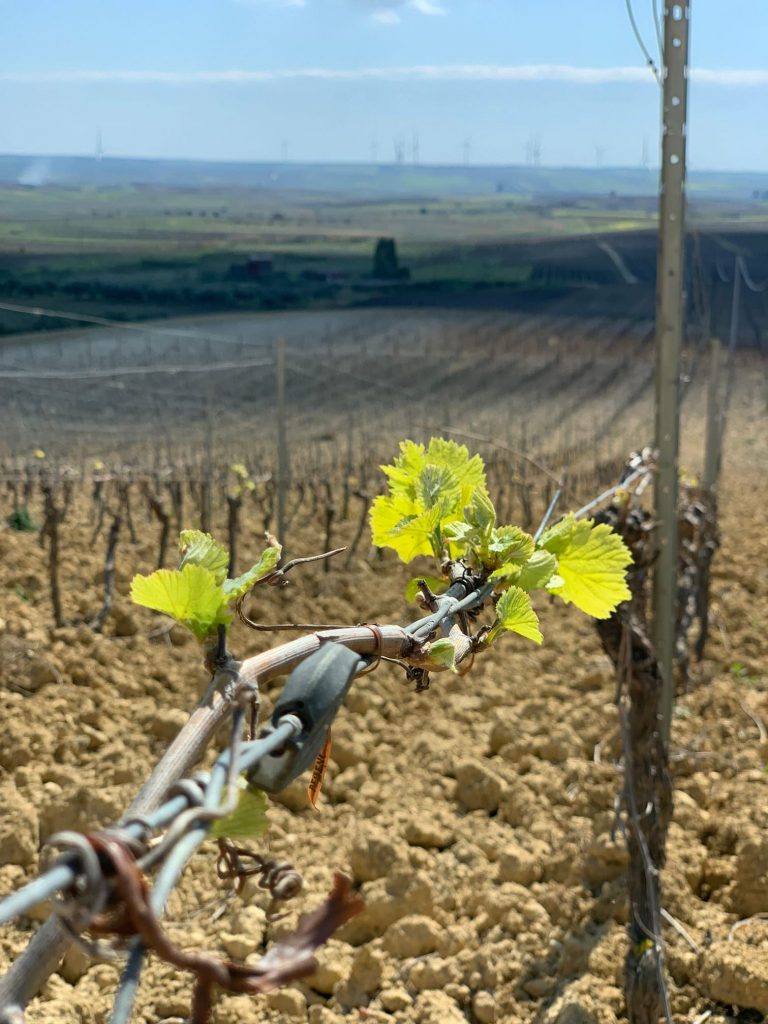
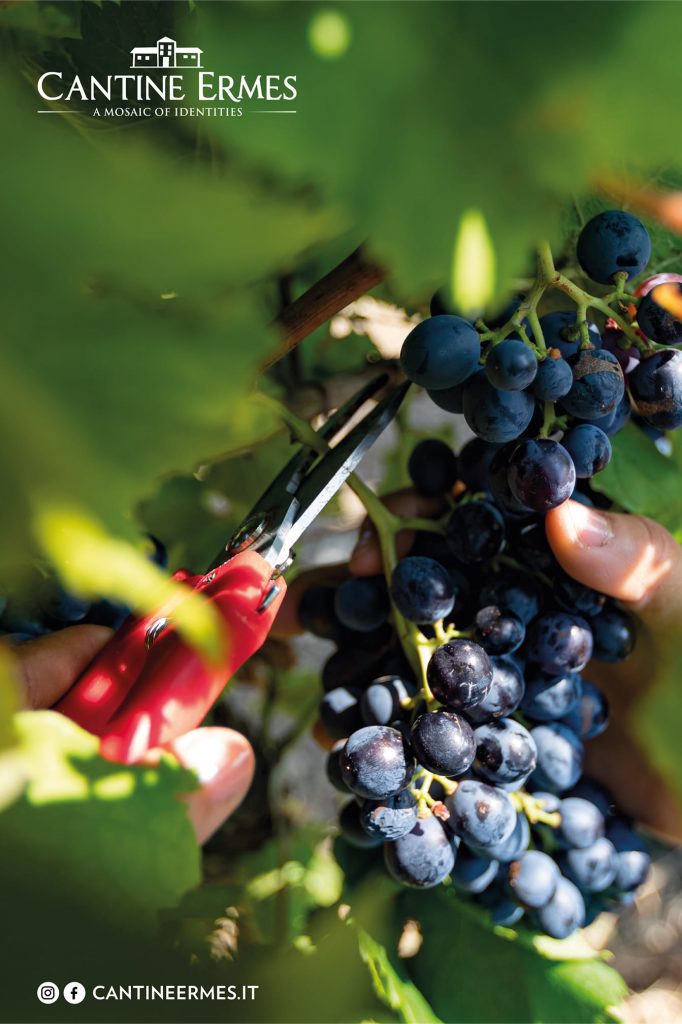
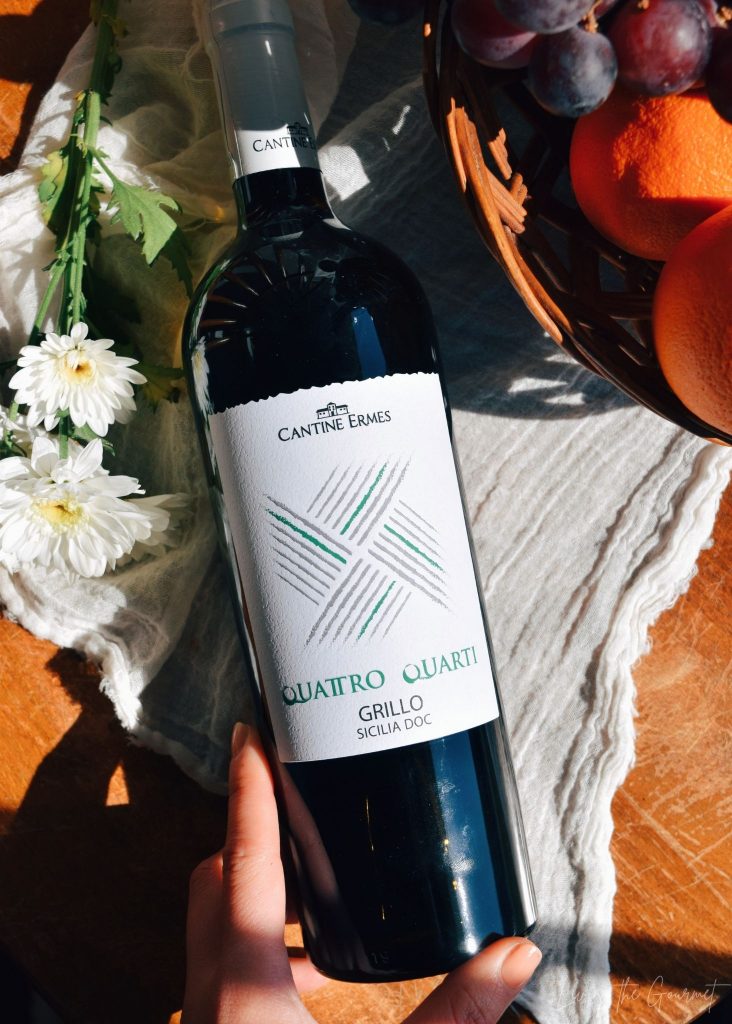
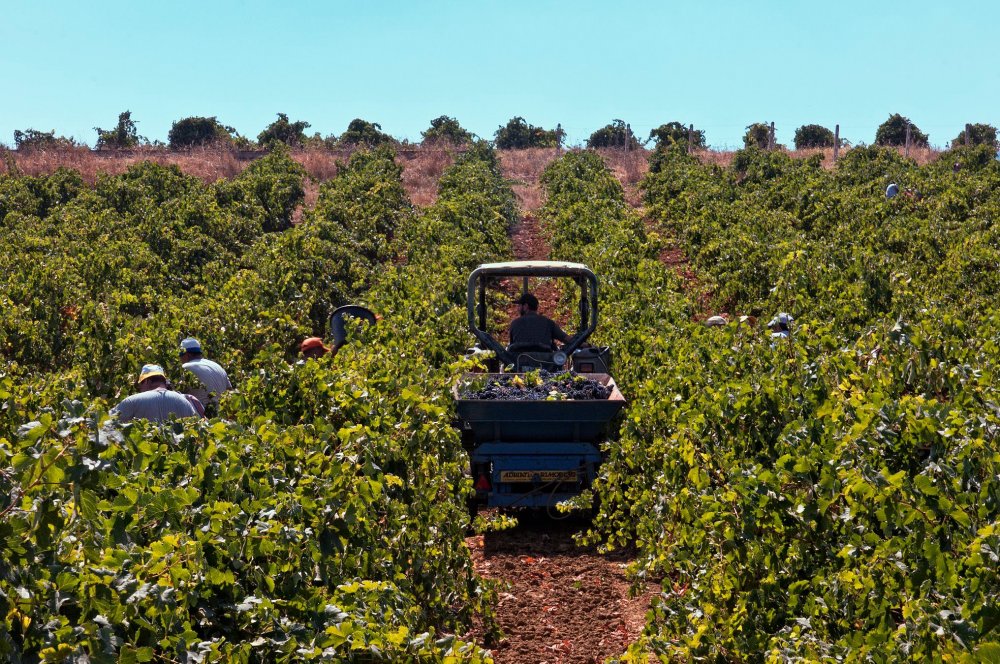
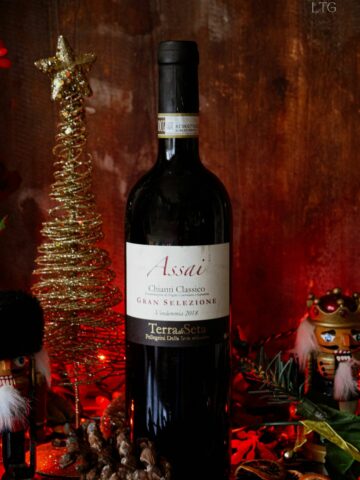

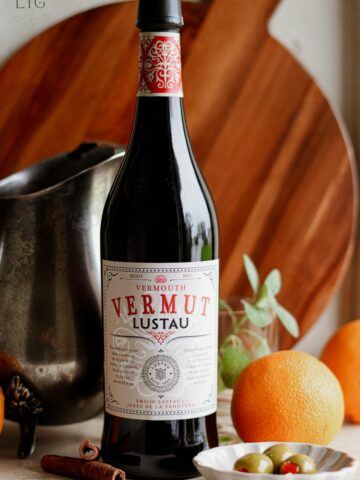

Landscape Mosaics says
Italian wine yessss...I love trying new wines especially italian wines, so so good...
Rhian Westbury says
A peach and citrus aroma sounds like a really great start, esp for someone who isn't the biggest wine drinker. Although if I do ever drink wine Italian wine tends to be the one x
Melanie Edjourian says
I would love to try the Quatro Quarti. It sounds like a lovely wine with the peach and melon flabouts. I do love a good fruity and fresh wine.
Kristy Bullard says
This wine sounds perfect for a dinner party. I'd serve it with a charcuterie board appetizer and a seafood/fish dish for the entree.
Paula Richie says
I don't think that we've visited this particular winery but we have visited quite a few in Italy. Although you are specifically talking about wines produced in Sicily, we have thought that many of the wines in Italy are "interesting".
Rosey says
So many good ideas. I am loving the idea of tuna cups.
Ash B says
I love how informative you were! The fruit flavors and notes sound the most appealing to me. I definitely want to try it now.
Kat says
truth be told, i am not a wine drinker and i cannot relate BUT the vineyard looks amazing and the brand is definitely worth a try.
chelsa says
That looks like beautiful wine country. The ideas of paring with a tuna cup or fruit is great too.
Jenjen Balatico says
Visiting vineyards is one of my simple joys!